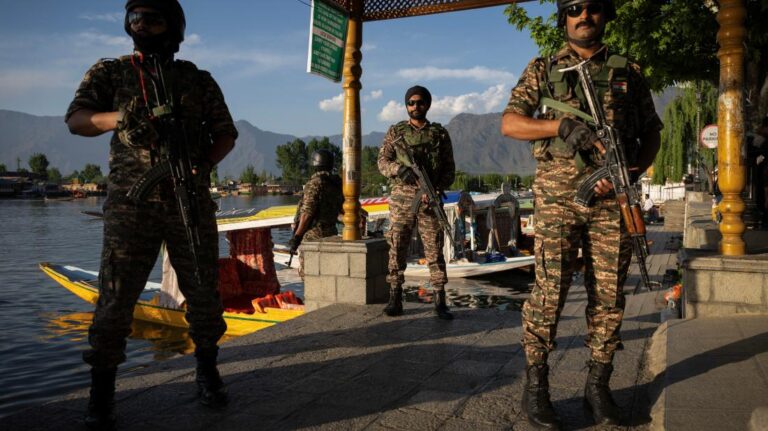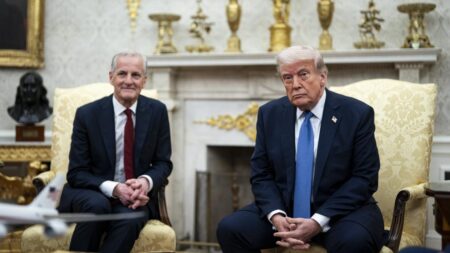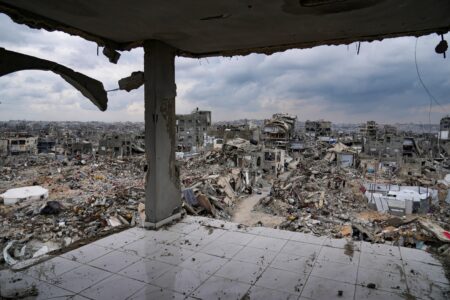Escalating Tensions: The Kashmir Conflict Between India and Pakistan
The recent surge in violence has significantly heightened tensions between India and Pakistan, particularly following a tragic incident in the contested region of Kashmir that resulted in numerous fatalities. This attack, attributed to militant groups, has reignited deep-seated grievances and triggered a wave of political and military reactions from both countries. As the situation unfolds, experts caution that this latest outbreak of violence could further destabilize an already precarious balance in South Asia, raising international alarm and prompting urgent calls for dialogue. With both nations trading accusations and bolstering their military readiness, the repercussions of this event threaten to deepen divisions that have persisted for decades in one of the globe’s most volatile regions.
Kashmir Violence Reignites Tensions Between India and Pakistan
The recent escalation of violence in Kashmir has rekindled long-standing animosities between India and Pakistan as this region continues to be a focal point of their contentious relationship. Following a deadly assault that resulted in multiple casualties, both governments have engaged in heated exchanges, solidifying entrenched positions shaped by years of conflict.The attack targeted both civilians and military personnel alike, drawing widespread condemnation from around the world while amplifying calls for immediate dialogue to address the deteriorating situation.
Key developments surrounding this latest crisis include:
- Heightened Military Activity: Both nations have increased their military presence along the Line of control.
- International Responses: Global leaders and organizations are urging restraint amid rising tensions.
- Civil Unrest: Demonstrations advocating for peace have erupted across various cities within both countries.
The escalating rhetoric raises concerns among analysts about potential larger confrontations on the horizon. Diplomatic relations appear strained as each government remains steadfast regarding its territorial claims and security strategies. The fragile peace established over decades is now at risk; many voices are calling for renewed negotiations aimed at conflict resolution.
Understanding Root Causes: Analyzing the Kashmir Conflict Amid Rising Clashes
The enduring conflict over Kashmir stems from a complex interplay of historical grievances, political ambitions, and socio-cultural dynamics. As 1947—when British India was partitioned into two self-reliant states—the region has been embroiled in disputes following mass displacements during partitioning events. Initially opting for independence amidst pressures from tribal militias backed by Pakistan, Maharaja Hari Singh ultimately chose to accede to India—a decision that remains contentious today as both nations assert claims over this territory while facing internal pressures demanding resolution.
The influence exerted by militant factions cannot be overlooked either; various groups advocating independence or unification with Pakistan exacerbate existing tensions within Kashmir. Economic disparities coupled with discrimination issues further fuel local sentiments against perceived injustices related to cultural identity politics—often leaving ordinary citizens caught amidst violent confrontations exacerbated by external influences complicating any potential resolutions.
Recent spikes in military clashes underscore these deeply rooted challenges illustrating how tenuous peace remains throughout this area.
| Main Factors Contributing to Conflict | Consequences on Ongoing disputes |
|---|---|
| Historical Grievances | Sustain long-lasting hostilities regarding territorial claims over Kashmir. |
| political Ambitions | Motivate each nation’s pursuit towards asserting dominance prolonging conflicts . |
| Militant Groups | Incite violence complicating efforts towards achieving lasting peace. |
| Socio-Cultural dynamics | Drive identity politics frequently enough placing local populations directly affected during escalations . |




